Red flowering currant Ribes sanguineum 'King Edward VII'

ABOUT
King Edward VII Flowering Currant is a popular ornamental plant known for its seasonal interest and attractive features. In spring, the plant bursts into color with prolific clusters of deep, pinkish-red flowers that dangle gracefully from the branches. These flowers are tubular in shape, with a slightly pendulous habit, making them particularly eye-catching and a favorite for hummingbirds and other pollinators. The blossoms stand out against the dark green, lobed leaves, which have a three- to five-lobed palmate shape giving a lush, full appearance to the foliage. As the season progresses, the flowers may transform into blackish-blue berries which can attract birds and other wildlife. In the fall, the foliage may turn to various shades of yellow, orange, or red, providing additional visual interest as the seasons change. The King Edward VII Flowering Currant is appreciated for these vivid floral displays and works well as a focal point in gardens or as part of a mixed border for springtime color.
About this plant
 Names
NamesFamily
Grossulariaceae.
Synonyms
King Edward VII Flowering Currant, Red-flowering Currant, Blood Currant, Winter Currant, Pink-flowered Currant.
Common names
Ribes sanguineum 'King Edward VII'.
 Toxicity
ToxicityTo humans
The plant commonly known as Flowering Currant is not considered highly toxic to humans. While no severe toxicity is reported for general consumption, it is always advisable to be cautious and avoid eating any part of ornamental plants not meant for consumption, as they may cause minor stomach upset or an allergic reaction in sensitive individuals.
To pets
For pets, Flowering Currant is also not considered highly toxic. However, similarly to humans, ingestion should be discouraged as it may lead to gastrointestinal upset, including symptoms like vomiting or diarrhea, especially if consumed in large quantities. Always monitor your pets around ornamental plants, and consult a veterinarian if you suspect your pet has ingested a potentially harmful plant.
 Characteristics
CharacteristicsLife cycle
Perennials
Foliage type
Deciduous
Color of leaves
Green
Flower color
Red
Height
6 feet (1.83 meters)
Spread
6 feet (1.83 meters)
Plant type
Shrub
Hardiness zones
6
Native area
North America
Benefits
 General Benefits
General Benefits- Attractive Blooms: Ribes sanguineum 'King Edward VII', commonly known as Flowering Currant, features showy pink to red flowers that add color to gardens in the spring.
- Wildlife Habitat: The flowers attract pollinators such as bees and butterflies, while the berries provide food for birds.
- Low Maintenance: Once established, Flowering Currant is drought-tolerant and requires minimal care.
- Seasonal Interest: It offers multi-season interest with flowers in spring, berries in summer, and foliage that turns yellow to red in the fall.
- Hardy Plant: It is a hardy shrub that can survive in a wide range of temperatures and soil types, making it suitable for many climates.
- Privacy Screen: When planted in groups, Flowering Currant can form a dense hedge, providing privacy and wind protection.
- Erosion Control: The plant's root system helps stabilize soil and control erosion on slopes.
 Medical Properties
Medical PropertiesThis plant is not used for medical purposes.
 Air-purifying Qualities
Air-purifying QualitiesThis plant is not specifically known for air purifying qualities.
 Other Uses
Other Uses- Wildlife Habitat: Red-flowering currant can provide shelter and habitat for various wildlife including birds and beneficial insects.
- Natural Dye: The berries of the red-flowering currant can be used to create a natural dye for textiles or art projects.
- Photography Subject: Its striking flowers make red-flowering currant a popular subject for garden photographers and plant enthusiasts.
- Educational Tool: This plant can be used in schools or educational programs to teach about pollination and the life cycle of plants.
- Culinary Garnish: While not commonly consumed, the flowers may be used as an edible garnish to add color to salads or desserts.
- Erosion Control: The red-flowering currant's root system can help stabilize soil and prevent erosion on slopes.
- Winter Garden Interest: With its structure and remaining dried flower bracts, this plant can add interest to winter gardens when other plants have died back.
- Bonsai: Some enthusiasts may use red-flowering currant for the art of bonsai due to its attractive flowers and branches.
- Perfumery: Occasionally, the subtle fragrance of red-flowering currant flowers may be used in creating botanical perfumes or scented products.
- Butterfly Garden: The plant can serve as a nectar source for butterflies and a host plant for their larvae.
Interesting Facts
 Feng Shui
Feng ShuiThe Red Flowering Currant is not used in Feng Shui practice.
 Zodiac Sign Compitability
Zodiac Sign CompitabilityThe Red Flowering Currant is not used in astrology practice.
 Plant Symbolism
Plant Symbolism- Passion and Love: The blood-red flowers of Ribes sanguineum, commonly known as Red Flowering Currant, often symbolize strong emotions. The vivid red hues are traditionally associated with the heart and its passionate sentiments.
- Easter and Rebirth: As Ribes sanguineum blooms in early spring, it is frequently associated with Easter and the themes of renewal and resurrection that come with the season.
- Beauty and Splendor: With its striking flowers, Red Flowering Currant symbolizes beauty and magnificence, showcasing nature’s spectacular display in gardens and wild landscapes.
- Tenacity and Survival: The plant's ability to thrive in various conditions with minimal care reflects tenacity and the ability to survive against the odds.
 Water
WaterFor the Red Flowering Currant, a deep watering is essential especially during its growing season in the spring and summer. Water the plant thoroughly once a week, allowing the soil to dry between waterings. If the weather is particularly hot or dry, you may need to water twice a week. Generally, provide about 1-2 gallons of water per session for established plants, ensuring it reaches the plant's root zone. In the winter months, reduce watering as the plant requires less moisture.
 Light
LightThe Red Flowering Currant thrives best in full sun to partial shade. It should be planted in a location where it receives at least 4-6 hours of direct sunlight each day, although it can tolerate some light afternoon shade. The ideal spot provides morning sunlight with some protection from the intense heat of late afternoon.
 Temperature
TemperatureThe Red Flowering Currant is hardy and can tolerate a wide range of temperatures. It can survive winter temperatures down to about -10°F and is comfortable in summer temperatures up to 100°F. The ideal temperature range for this plant is between 60°F and 75°F for optimal growth and flowering.
 Pruning
PruningPrune the Red Flowering Currant to maintain shape and encourage vigorous growth. Pruning should be done in late winter or early spring before new growth starts. Remove any dead or damaged branches and thin out as needed to improve air circulation. It is also beneficial to prune after flowering to remove spent flower clusters and promote new growth.
 Cleaning
CleaningAs needed
 Soil
SoilFlowering Currant prefers well-drained soil rich in organic material. A good mix would be two parts garden soil, one part compost, and one part perlite to ensure drainage. The ideal soil pH for Flowering Currant is slightly acidic to neutral, ranging from 6.5 to 7.
 Repotting
RepottingFlowering Currant, being a shrub, is typically not repotted as it is usually planted directly into the ground. However, if grown in pots, repotting every 2-3 years in the spring should suffice.
 Humidity & Misting
Humidity & MistingFlowering Currant thrives in outdoor environments where the humidity is naturally regulated. It does not require high humidity levels and is quite adaptable to different atmospheric conditions.
 Suitable locations
Suitable locationsIndoor
Not ideal indoors, needs full sun and cold dormancy.
Outdoor
Plant in well-drained soil, full to partial sun. Prune after flowering.
Hardiness zone
6-9 USDA
 Life cycle
Life cycleFlowering Currant (Ribes sanguineum 'King Edward VII') begins its life cycle as a cluster of seeds, which after dispersal, require well-drained soil and partial to full sunlight to germinate, typically in cool, early spring conditions. Once germinated, the seedlings grow into shrubs, developing green, lobed leaves and woody stems, entering a vegetative stage that can last several years as it matures. In early spring, the mature shrub blooms, producing clusters of vibrant, crimson flowers that attract bees and hummingbirds for pollination. After pollination, the plant sets fruit in the form of dark berries which ripen over the summer, providing food for birds and small mammals, and those that remain eventually drop, completing the cycle by dispersing seeds for the next generation. During autumn, the deciduous shrub sheds its leaves and enters dormancy, conserving energy through the winter months. Throughout its lifetime, which can span several decades, the shrub can be pruned after flowering to maintain health and shape, ensuring vigorous growth in the subsequent years.
 Propogation
PropogationPropogation time
Spring to Summer
The most popular method of propagating the flowering currant, scientifically known as Ribes sanguineum 'King Edward VII', is through softwood cuttings. This technique is typically performed in late spring or early summer when new growth is still flexible but mature enough to handle being cut and replanted. Gardeners take cuttings about 4 to 6 inches long, making a clean cut just below a leaf node. The lower leaves are removed, and the cut end can be dipped in rooting hormone to encourage root development. The cutting is then inserted into a pot filled with a mix of peat and perlite or sand to provide good drainage and aeration. The pot should be placed in a sheltered spot with indirect light and kept consistently moist, but not waterlogged. Roots often establish within a few weeks, after which the new flowering currant plants can eventually be transplanted to their final location.
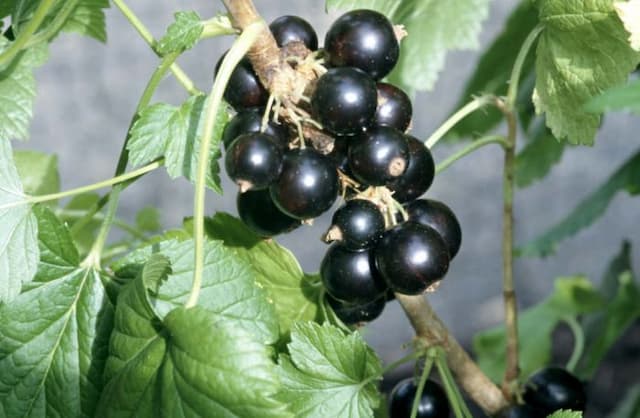
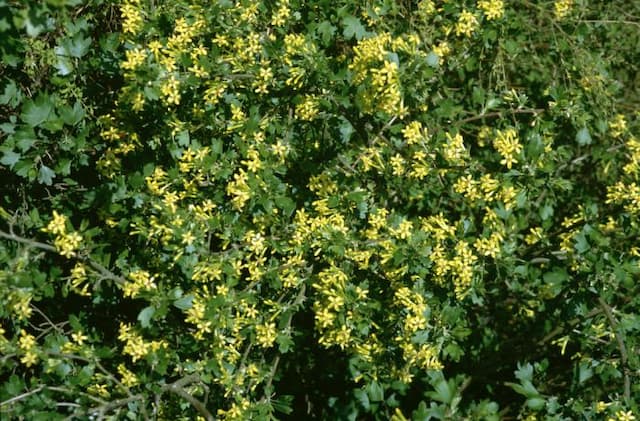

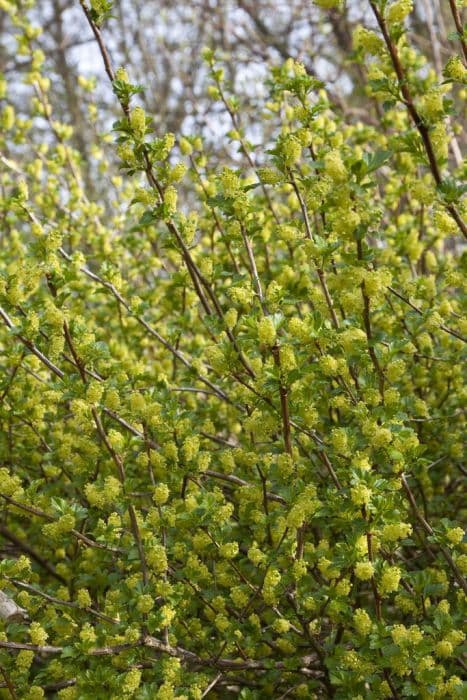

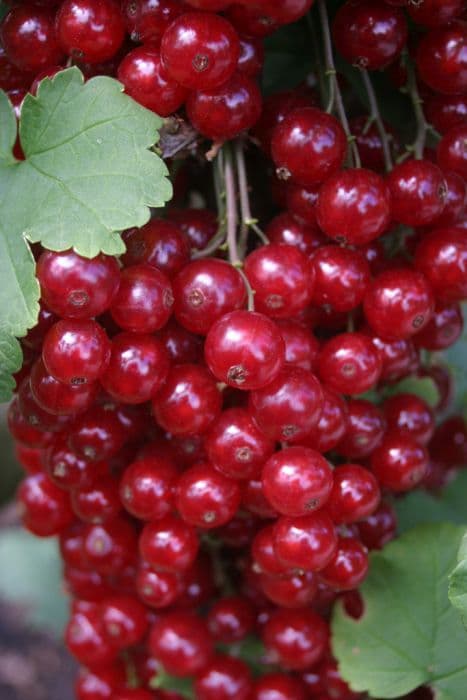
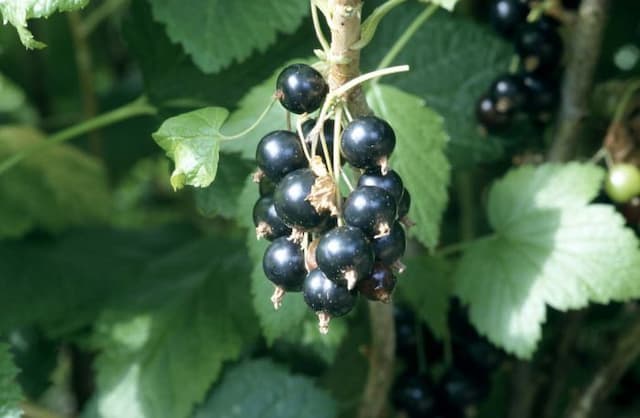
![Flowering currant [White Icicle]](/_next/image?url=https%3A%2F%2Fplants-admin.emdemapps.com%2Fimages%2Fplants%2F%2Fimages%2F604b5fe15ab5b.png&w=640&q=75)

